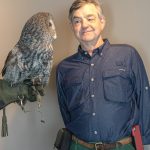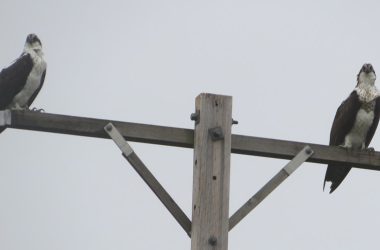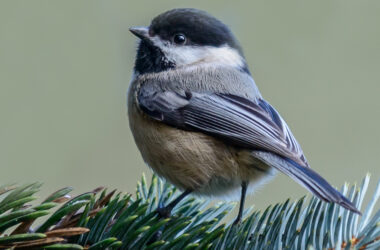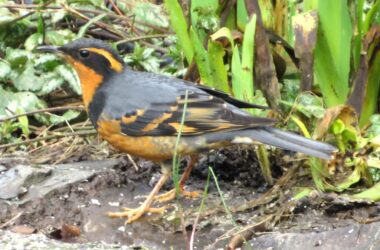How do bees sense their world and what do they feel about it?
What do they know and what attitudes does that produce in the bee-ing of the bee?
The bees know things about their bee-loved flowers that our mammal brain does not comprehend. In pitch blackness they can identify an object by touch alone. Beyond that bees have full color vision, including ultraviolet which escapes most of us.
As Ed Yong says in his book “An Immense World”: “Flowers use dramatic UV patterns to advertise their wares to pollinators. Sunflowers, marigolds, and black-eyed Susans all look uniformly colored to human eyes, but bees can see the UV patches at the bases of their petals, which form vivid bullseyes.”
Then to cap it all, bees sense the electric fields of flowers and plants. “Flowers are … surrounded by electric halos. And bumblebees can sense these … their electroreceptors are the tiny hairs that make them so endearingly fuzzy,” Yong writes.
Those hairs are also very sensitive to touch and air currents.
In our garden I can see that bumblebees are really, and literally, into two particular types of flowers. These are the California poppy and gooseneeck, a loosestrife (Lysimachia clethroides).
The poppy blooms are large enough that our small bumbles get in, roll around on the petals, rub against the pistol, fur up the pollen and generally behave in an ecstatic way.

The gooseneck has dense cylinders of tiny white blossoms — here only the bee’s proboscis can enter. But the ecstasy can be even more evident. Each morning I can find several bumblebees so intoxicated on the gooseneck nectar that they have fallen asleep, clutching the blooms tightly, all night long.
The bumbles join smaller pollinators on the lavender, roses and other plants, but those two above are most heavily buzzed. I do not see any insects around the hydrangeas.
There are around 500 species of bee in Oregon. Their work as pollinators allow many plants and animals to survive. Our diet would be extremely limited without the annual pollination season. Unlike the imported honeybees, most of our native bees do not live in colonies.
Want an inkling of what it’s like being a bee? Find a nearby honeysuckle and put your nose into a cluster of blooms. Inhale, close your eyes and sense the scent.
Read more about Oregon bees in the Department of Agriculture’s guide here.
For information about upcoming Salem Audubon programs and activities, see www.salemaudubon.org, or Salem Audubon’s Facebook page.
Harry Fuller is an Oregon birder and natural history author of “Freeway Birding” and the newly-published “Birding Harney County.” He is a member of the Salem Audubon Society. Contact him at [email protected] or atowhee.blog. His “Some Fascinating Things About Birds” column appears regularly in Salem Reporter.
SUPPORT OUR WORK – We depend on subscribers for resources to report on Salem with care and depth, fairness and accuracy. Subscribe today to get our daily newsletters and more. Click I want to subscribe!

Harry Fuller is an Oregon birder and natural history author of three books: “Freeway Birding,” "Great Gray Owls of California, Oregon and Washington," and "San Francisco's Natural History--Sand Dunes to Streetcars." He leads birding trips for the Malheur Field Station. He is a member of the Salem Audubon Society, and leads bird trips locally. Harry has just published a new book, BIrding Harney County.









